Affiliate links on Android Authority may earn us a commission. Learn more.
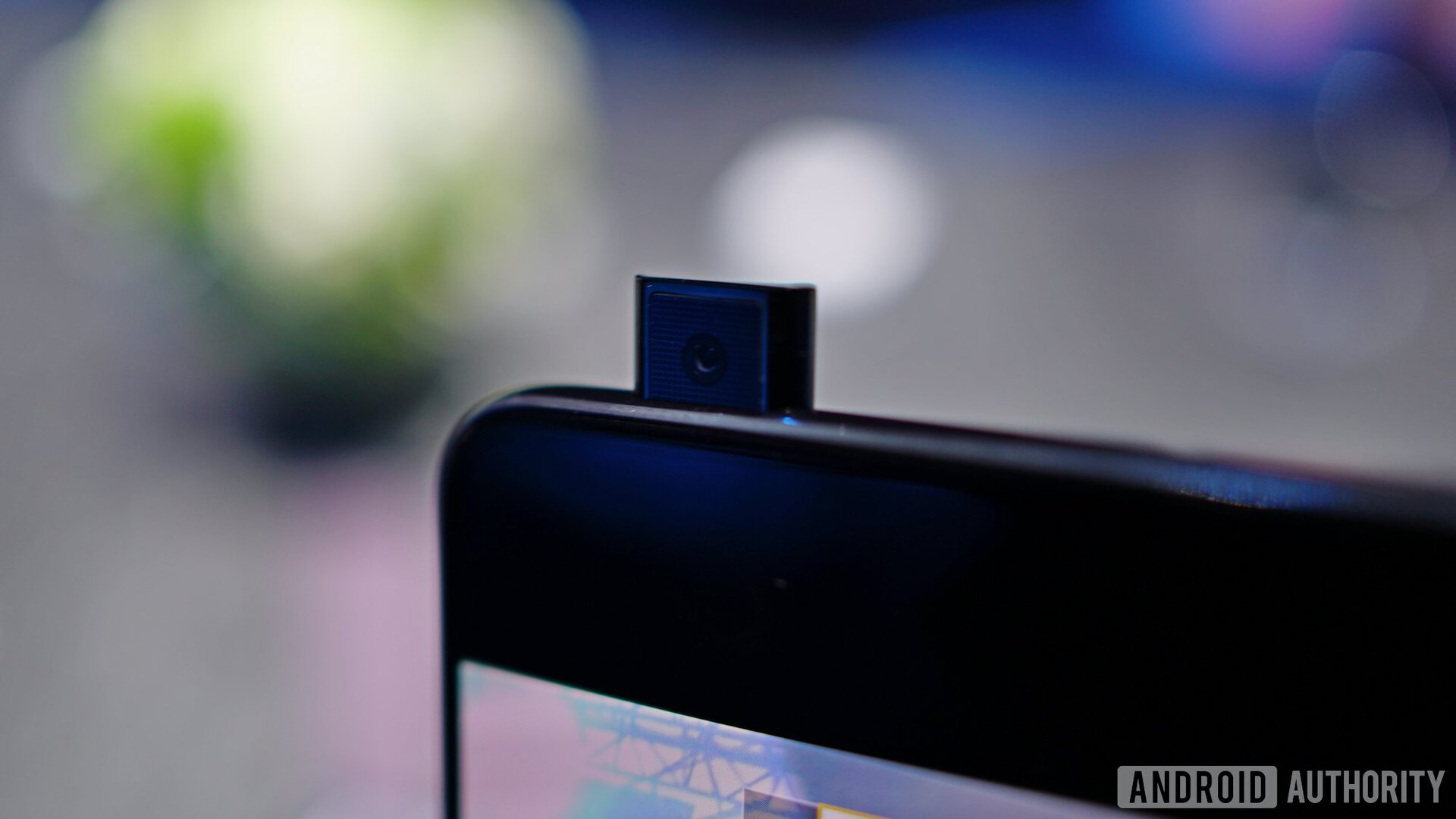
vivo Nex S camera review: Can it really rise above?
March 6, 2019
Vivo vivo Nex S
What we like
What we don't like
Vivo vivo Nex S
The vivo Nex S implements a creative approach to offer a true all-screen experience with no notches or holes, but we know there’s more to a good phone than that. We established some of the phone’s downsides in our full vivo Nex S review. Today let’s dig deeper into a specific (and very important) aspect of the handset — its camera.
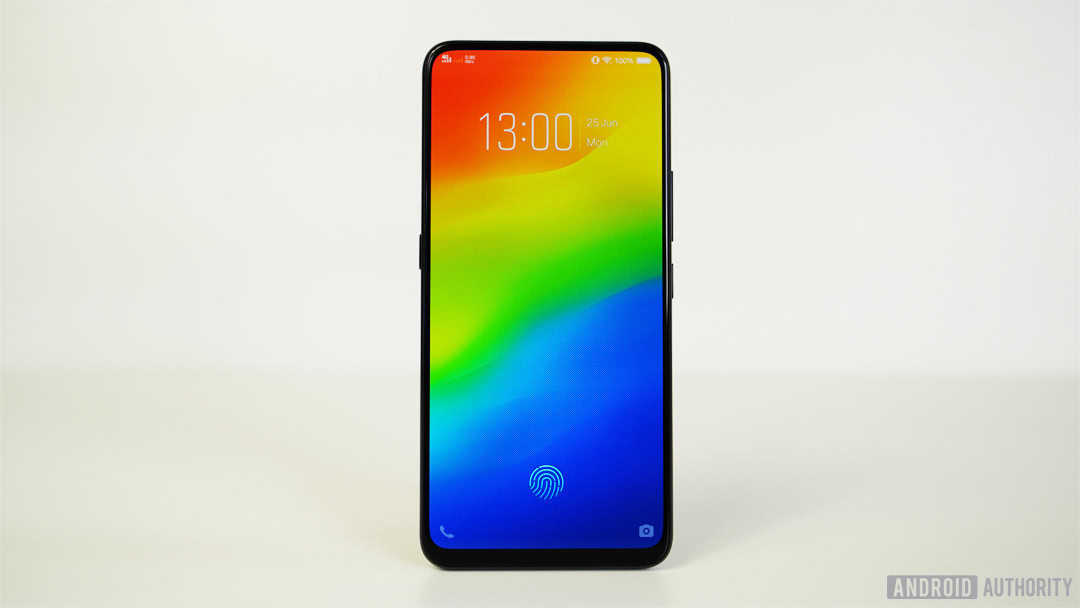
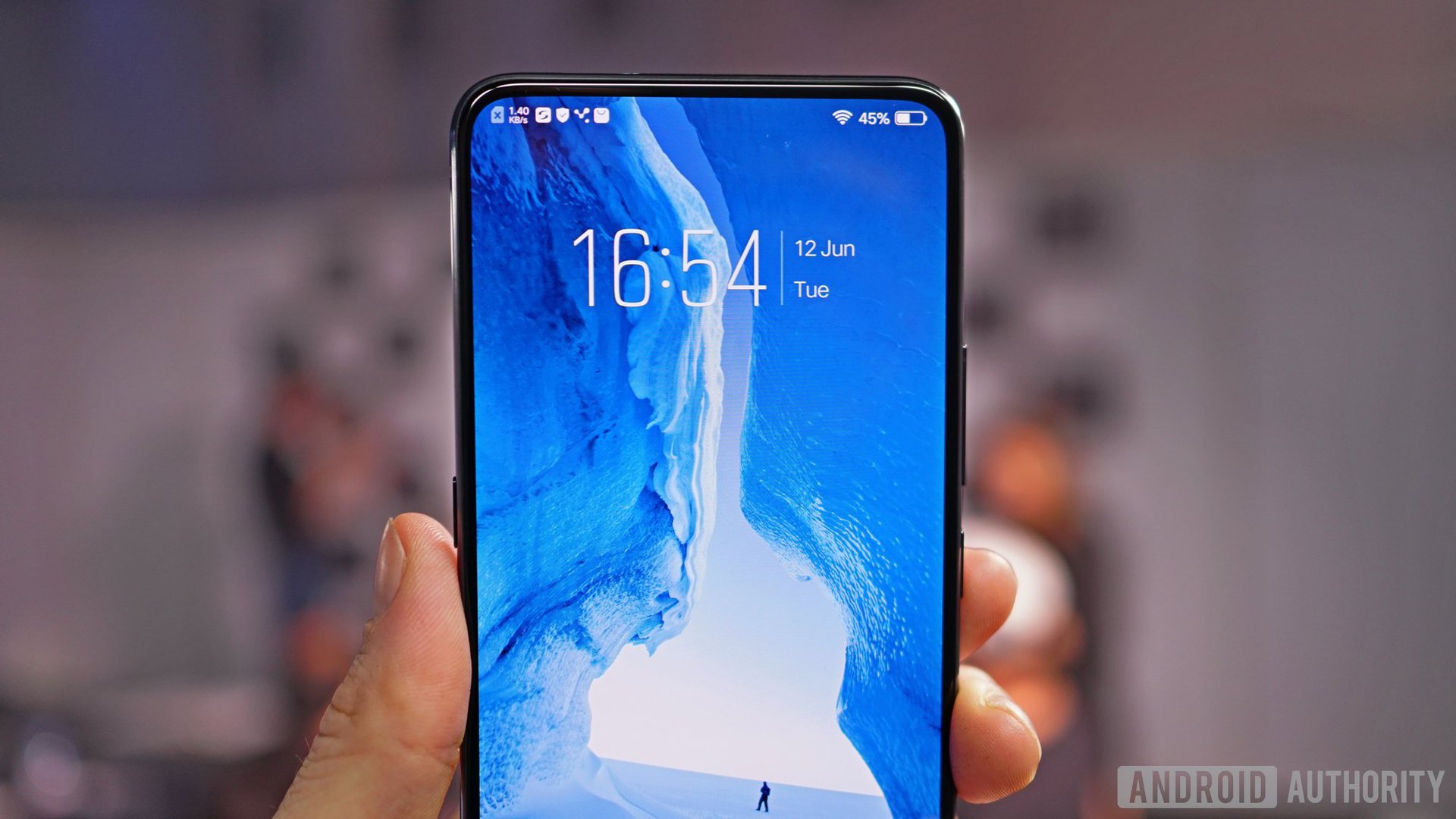
Can the vivo Nex S take a shot to save its life? Praised mechanisms aside, its specs say these cameras should do a pretty good job. Its main sensor is a Sony IMX363, which is the same found in the highly awarded Pixel 3. Now we need to find out if the vivo Nex S can actually compete with smartphone cameras of that caliber.
vivo Nex S camera specs
Rear cameras:
- 12MP Sony IMX363
- F/1.8 aperture
- 1.4µm pixel size
- OIS
- EIS
- 5MP
- F/2.4 aperture
- Dual-tone LED flash
- Features: Slow Motion, Backlight HDR, Live Photo, Portrait Bokeh (dual cameras), Panorama, Time Lapse, Face Beauty, AR Stickers, Filters.
Front camera:
- 8MP
- F/2.0 aperture
- Elevating mechanism
- Live Photo, Face Beauty, Backlight HDR, Portrait Bokeh (single camera), Panorama, AR Stickers, Filters.
The camera app
The camera app can make or break an experience, especially when capturing the right moment is a time sensitive matter. Simplicity, ease of access, and intuitiveness are important. This is why I am a quite the fan of the vivo Nex S camera app.
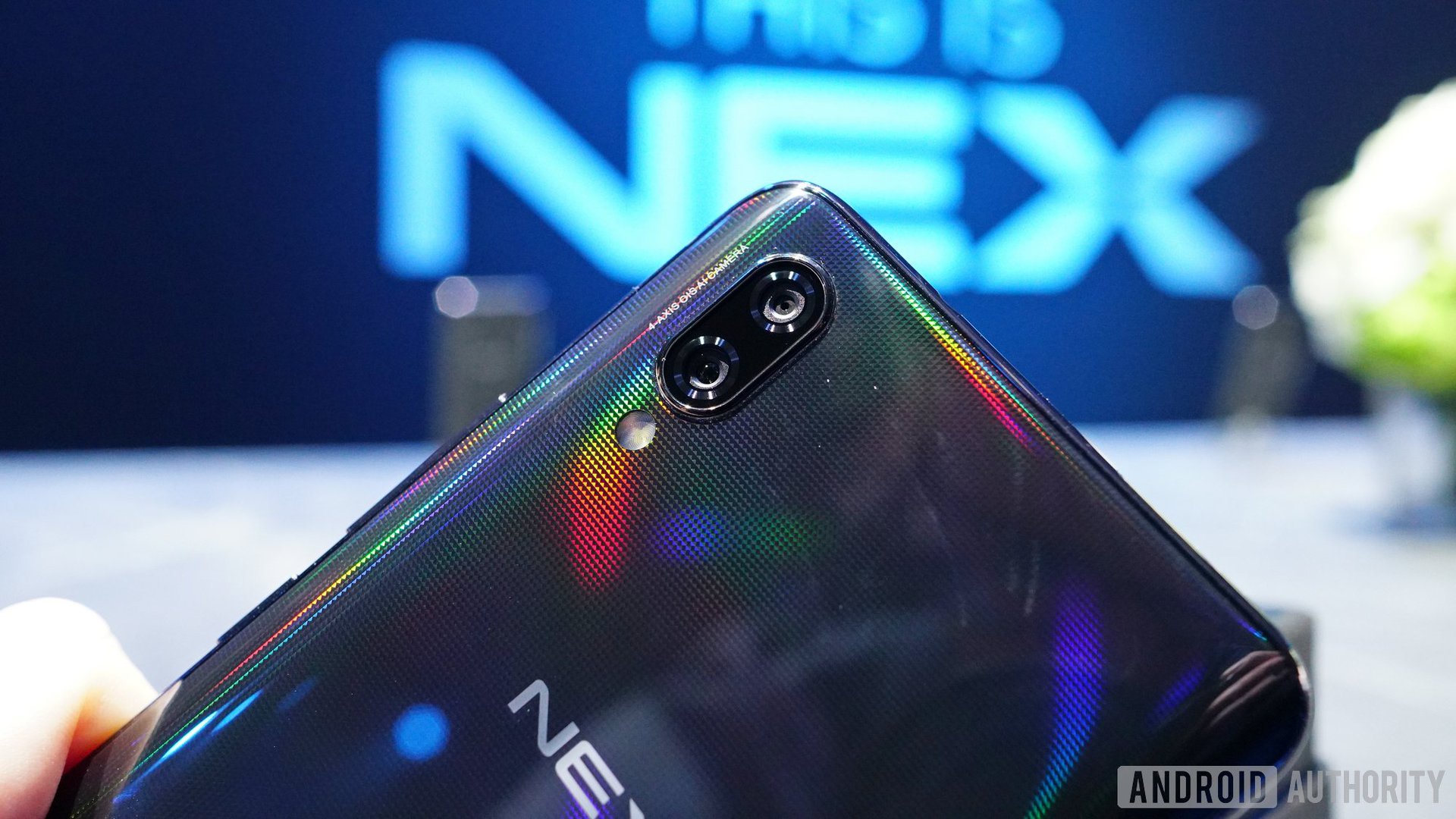
All relevant options and settings will appear at the top, depending on the needs of each camera mode. Filters and the image recognizer will appear next to the shutter button in certain modes. I do wish these options were aligned with the top settings. Where they are, they are the only buttons that break uniformity.
The vivo Nex S lacks many fancy camera features, but many find those bells and whistles to be passing fads.Edgar Cervantes
Modes and settings are mostly well organized, save for a couple discrepancies (filter and image recognition). This makes it easy to learn the app, and fast to access all shooting modes. It lacks fancy features you find in other high-end phones, but many consider those bells and whistles passing fads.
- Ease of use: 10
- Intuitiveness: 9
- Features: 7
- Advanced Settings: 8
Score: 8.5/10
Daylight
Most cameras show best results in broad daylight. Having ample light usually means being able to lower the ISO, which in turns creates images with less digital noise. Colors are also better calibrated. However, more light does bring forth stronger shadows, which puts dynamic range to the test.
The vivo Nex S did great in the first and second photos, which are in overcast weather and indirect sunlight. These images are evenly exposed and the amount of data is good even in the darker areas. Meanwhile, dynamic range starts to suffer when in direct sunlight. In image three we can see detail completely disappearing in the shade.
I love how the vivo Nex S handled the skies, which are deep blue when clear. Colors are also very vibrant. Images lean a bit on the over-processing side, though. As you zoom in, you see signs of both sharpening and softening, which is odd to see with so much light.
Score: 8/10
Color
While the vivo Nex S tends to lean more on the heavy post-processing side, it’s surprising to see it keep colors looking natural. You can definitely see more vibrancy in hues, but the effects are not excessive. Colors are tastefully enhanced.
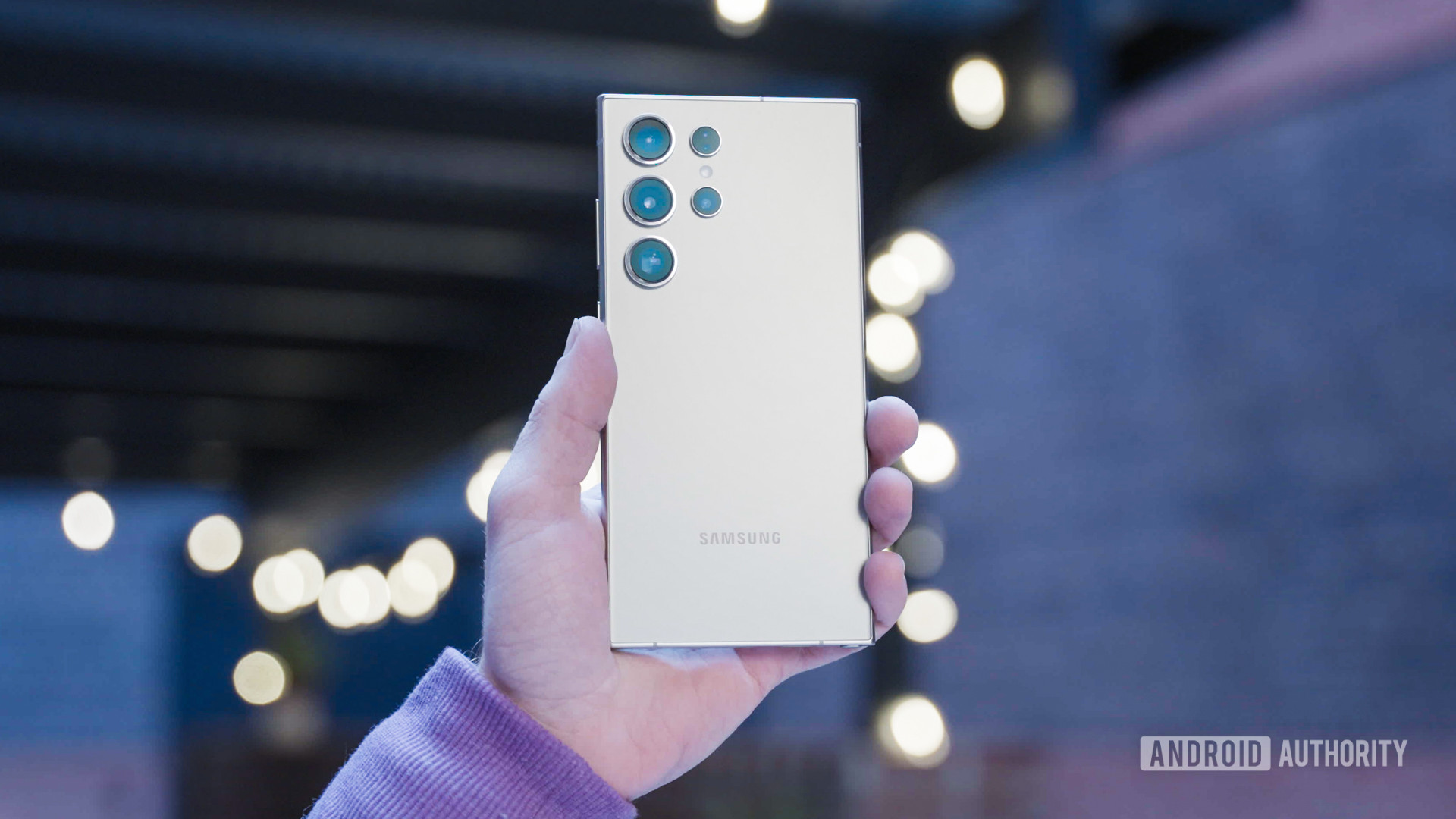

On the other hand, dynamic range seems to suffer a bit when we take a closer look at the shadows. In the second image we can see there is not much detail or color to see in the dragon’s face. Likewise, shadows are really harsh in the third image.
Score: 8.5/10
Detail
Softening images to kill digital noise is often the cause, and the vivo Nex S falls victim to this.Edgar Cervantes
Smartphone cameras are usually not the best at capturing detail. Plenty of data often gets lost in post-processing. Softening images to kill digital noise is often the cause, and the vivo Nex S falls victim to this.
While textures and overall detail are good from afar, zoom in and you will see much of the picture blurring out. At the very least the phone doesn’t soften these images to oblivion. Some of the detail is left there, as well as the noise. But hey, a little noise never hurt an image.
Score: 7.5/10
Landscape
We weren’t exactly blown away by the Daylight, Color, or Detail sections, so it should be no surprise that the vivo Nex S landscape shots aren’t much to write home about. A good landscape shot is affected by the combination of all factors in those three sections, after all.
Colors are vibrant, yet natural. Exposure is also very uniform, but dynamic range continues to be a bit of an issue in images with very contrasting exposure levels, such as photo two. Similarly, detail is not as impressive either. Zoom into the plants, waves, or people to see what we mean.
Score: 7/10
Portrait mode
Portrait mode simulates the bokeh effect (more widely known as “blurry background”). We often see this effect in DSLR cameras using lenses with a wide aperture and shallow depth of field. Phones can’t do this naturally, so they use multiple lenses to figure out distance between the foreground and background in relation to the subject. They then artificially add blur behind your subject.
The main issue with phone-based portraiture is that phones often do a bad job outlining the subject, confusing the foreground and background. Phones often blur areas that shouldn’t be blurred, or don’t blur enough.
What I did not like is the level of softening done by the vivo Nex S' Portrait Mode. It's heavy.Edgar Cervantes
This vivo Nex S is pretty good at outlining the subject and separating it from both the foreground and the background. It has its slight mishaps, but they are not too noticeable to the untrained eye.
I did not like the heavy level of softening done by portrait mode. See the skin? It looks like porcelain. I know, it’s surprising to hear my skin isn’t that smooth!
I would have given this section a 9, but the over-processing really killed it for me.
Score: 8/10
HDR
High dynamic range (HDR) is used to more evenly expose a frame with multiple levels of light. Traditionally it accomplishes this by mixing a number of photos taken at different exposure levels. The end result is an image with reduced highlights, increased shadows, and more even lighting.
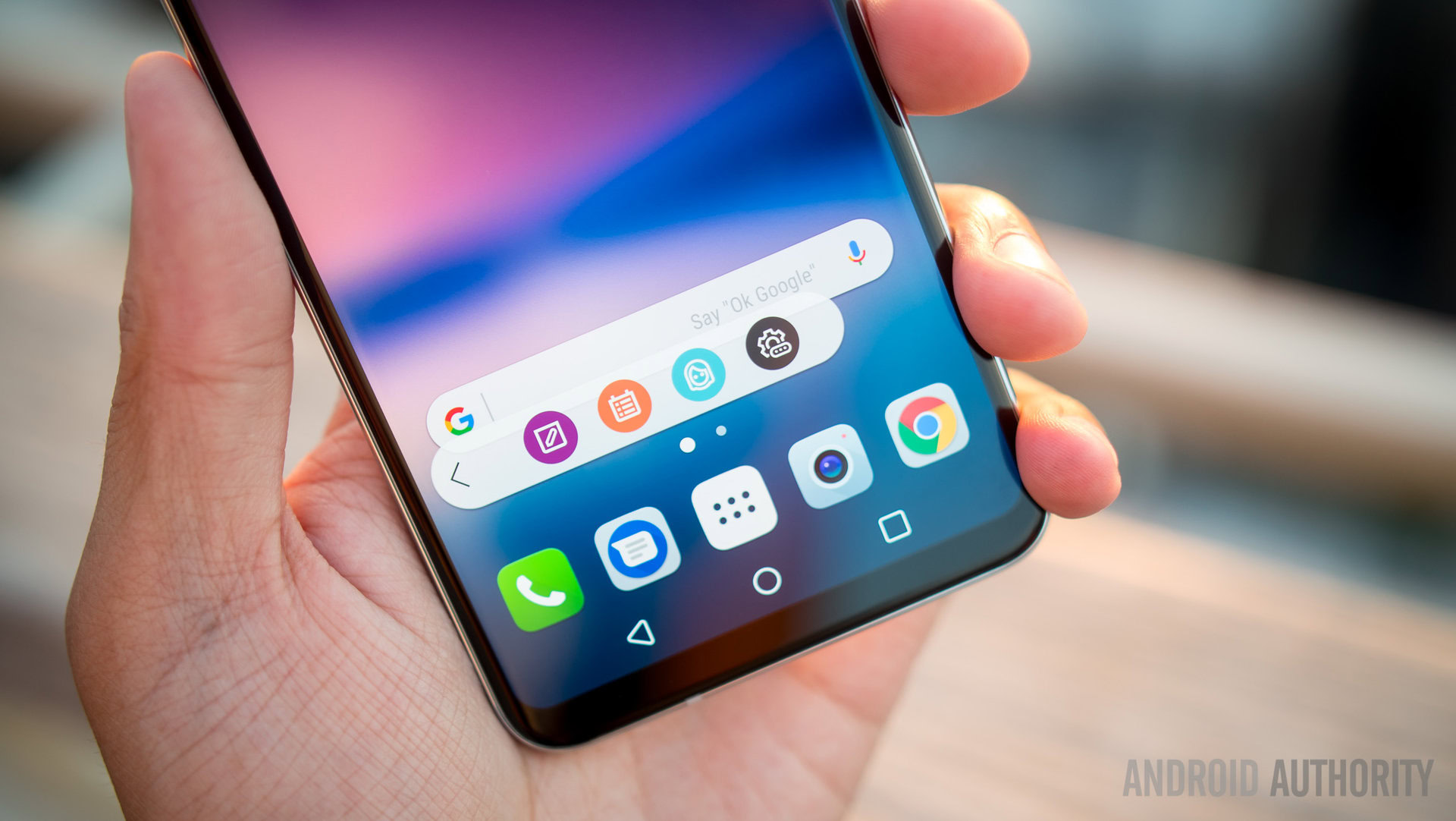
Score: 9/10
Low light
These low-light images may be well exposed, but they are still no contenders against the best of the best. Images have been extremely softened to reduce noise, something that can be better appreciated when looking at my skin and the wooden wall’s texture.
White balance was handled pretty well, save for in image one, which is a little on the warm side. Things look a little better when not in extreme darkness, as we can see in image four. Still no winning photo, though.
Score: 6/10
Selfie
The self-elevating selfie camera is what makes this phone unique. The mechanism gives us the benefit of having a true all-screen phone — if only the cool gizmo also took some worthy Instagram seflies! Sadly, it seems more attention was paid to hiding the vivo Nex S selfie camera than using it.
Overall, this will take a nice shot, but it suffers from some software issues. For starters, selfies are over-softened. You could switch to Face Beauty Mode and tone down facial enhancements, but even at the lowest level images look artificial.
Sadly, it seems more attention was paid to hiding the vivo Nex S selfie camera than actually making it good.Edgar Cervantes
In addition, HDR will turn itself on when the software deems it necessary. In this case it creates slight hazy effect, as you can see in images three and four.
Score: 6/10
Video
The vivo Nex S can shoot video footage at up to 4K at 30fps. Clips are crisp, well exposed, and show vibrant colors. The camera does very well when not moving around much, and image stabilization is good enough to keep things relatively smooth when walking. Start panning and you will notice significant skipping, though. This is mostly due to the 30fps cap.
Score: 8/10
Conclusion

vivo Nex S camera review overall score: 7.65
The vivo Nex S is, for all intents and purposes, a pretty average phone. It has its pros and cons, and it’s priced accordingly — so long as it’s actually available in your market. The phone isn’t coming to many Western countries.
Also read:
- Best vivo Nex cases
- Pop-up cameras: Which does it better, the vivo Nex or OPPO Find X?
- vivo Nex vs Google Pixel 2 camera comparison: Closer than you might think
The vivo Nex S is an amazing conversation starter, but not a great camera phone. It’s a novelty. Plenty of other phones out there take a better shot. If you don’t care about the camera, there are also plenty of other handsets offering more for your money.
Pictures will come out okay. Just don’t expect anything outstanding (other than cool mechanisms).